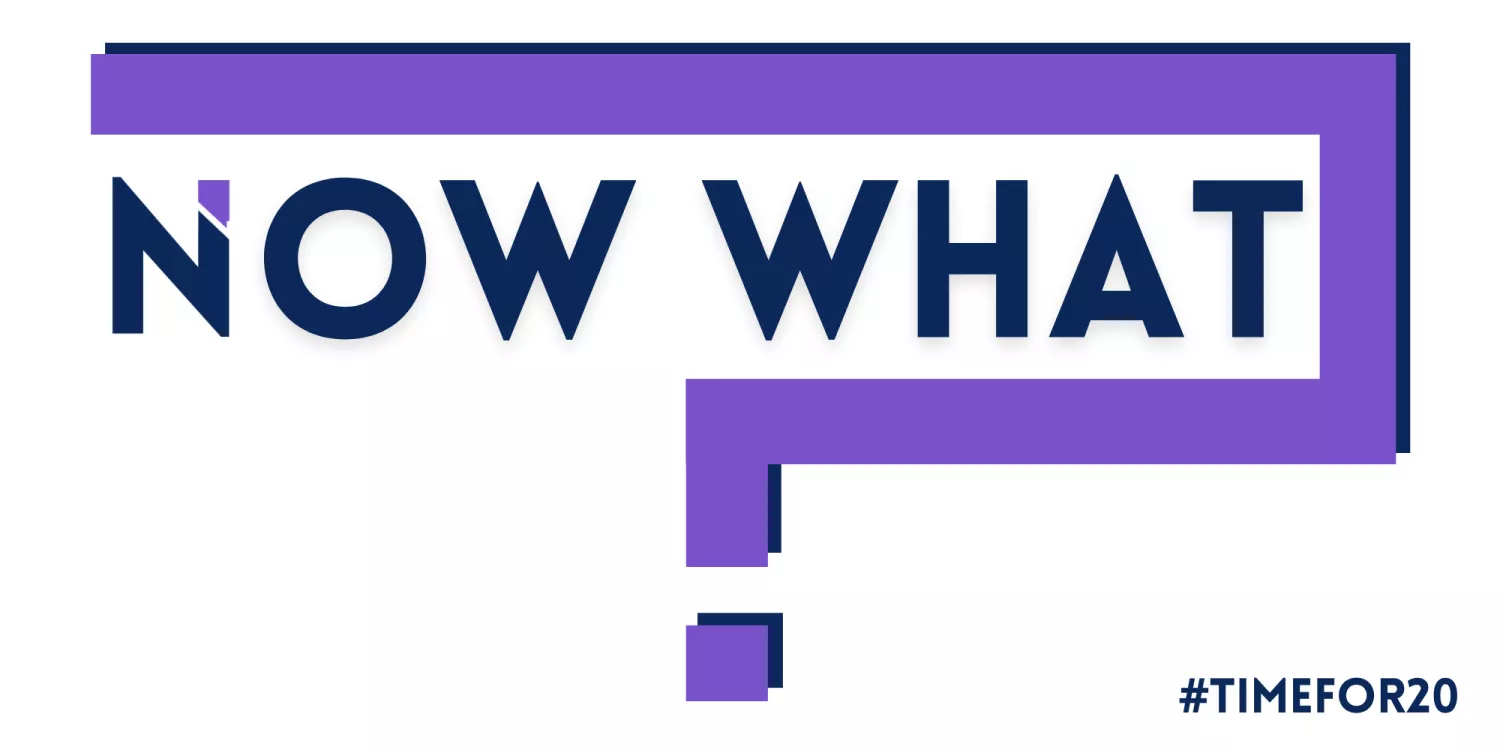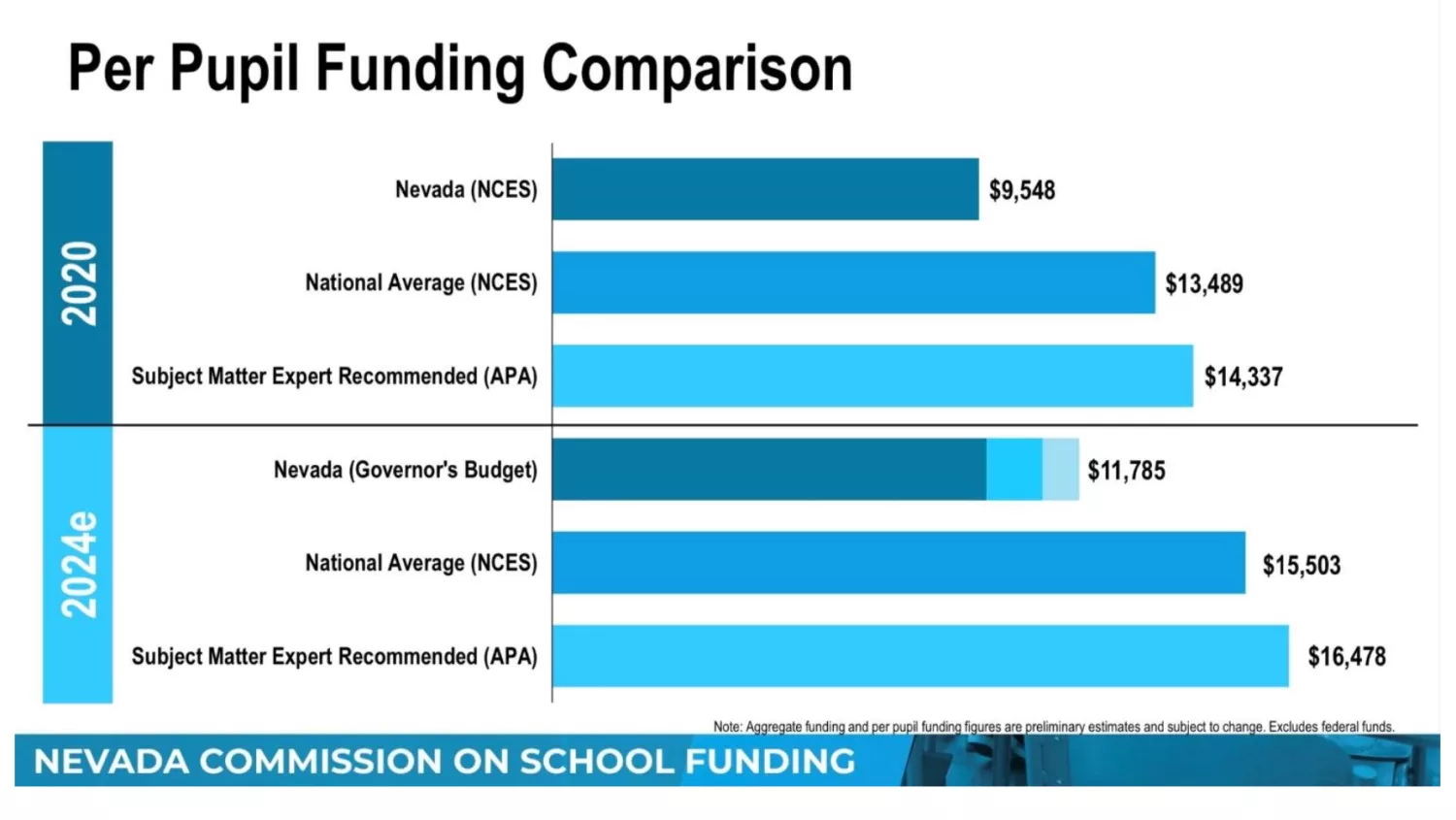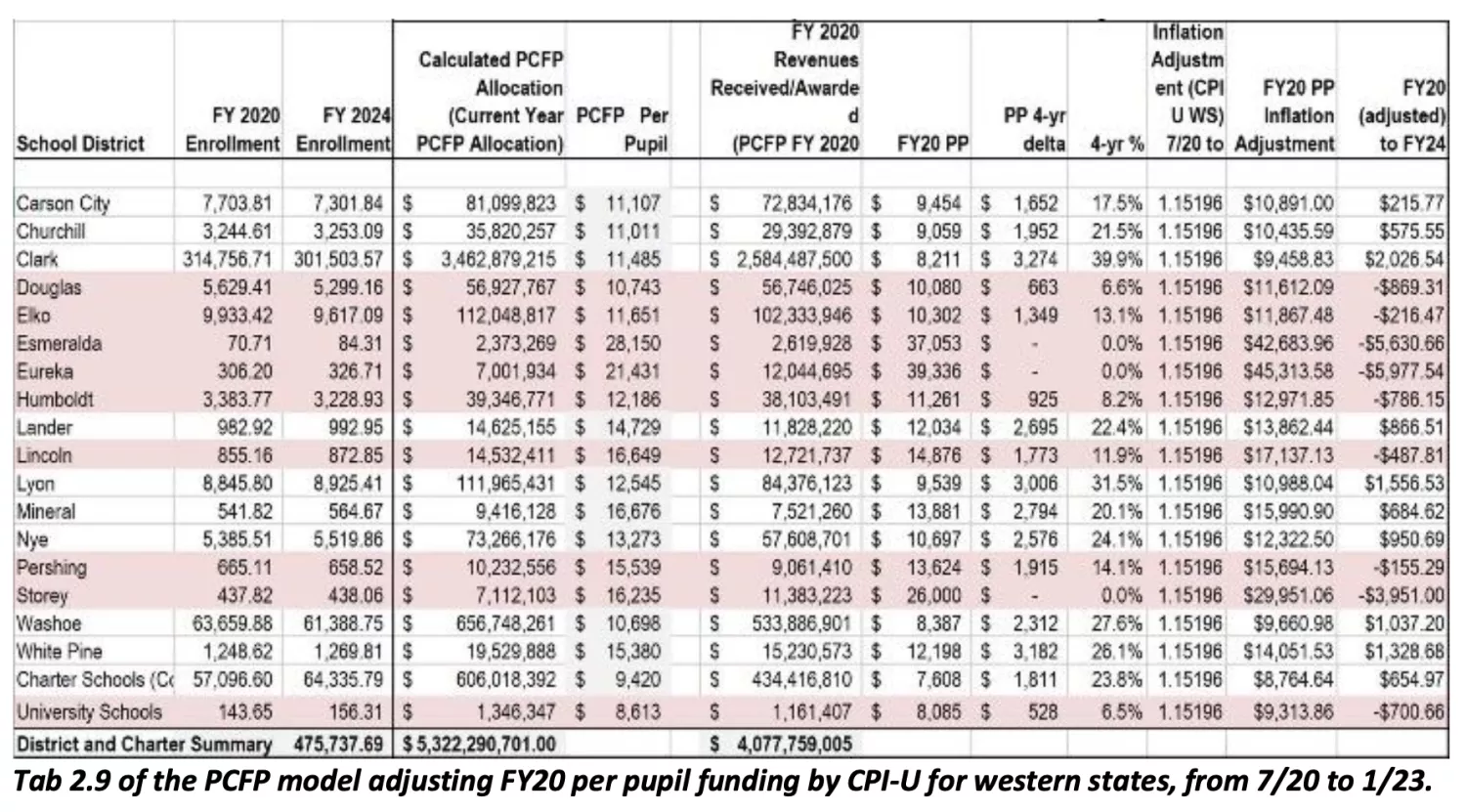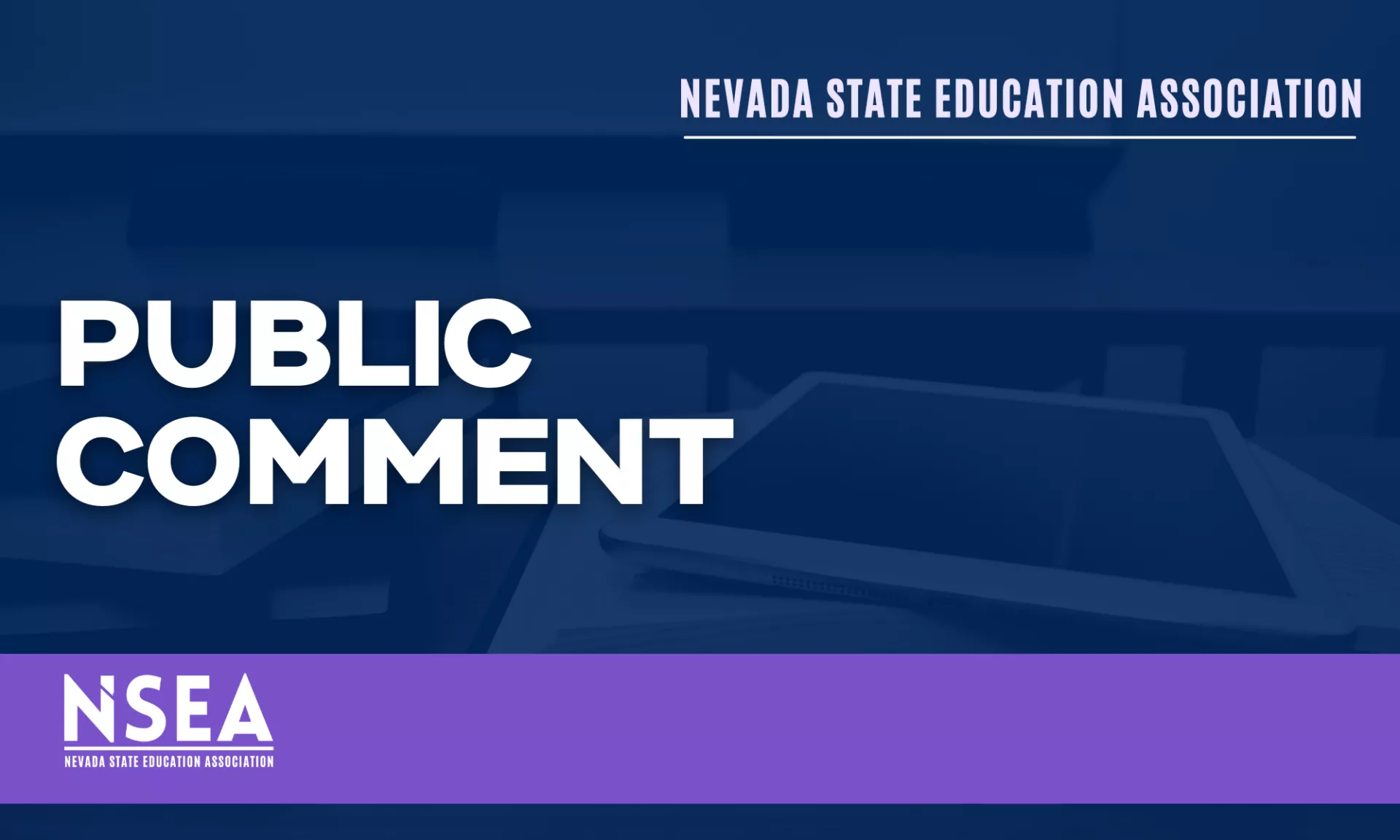
Elected officials from both sides of the aisle have talked about record appropriations for K-12 education. While this is good news, it’s important to note the severity of issues in public schools caused by chronic underfunding, as well as the work that remains to reach optimal funding and ensure public dollars go where they are needed most.
This is why NSEA has been saying it’s Time for 20. Time for 20 means a 20% raise for every Nevada educator, a $20/hour minimum wage in our schools, and average class sizes of 20 students.
Since the COVID pandemic, educators left their jobs in record numbers due to low pay and severely low morale. At the mid-point of this school year, there are still thousands of school vacancies, with many more positions being covered by long-term substitutes or, in some of our rural areas, privately contracted virtual teachers. A December report from the Economic Policy Institute found there is a widespread national teacher shortage that is especially severe here in Nevada. They found the current shortage is not the result of an insufficient number of qualified teachers, but rather low pay and an increasingly stressful work environment. The average pay differential between teachers and similar college graduates in the job market has grown to 23.5%.
In his recommended budget, Governor Lombardo highlighted a “record investment” in education, and it is true he recommends increasing per-pupil funding by about $2000 next year. However, this is still $4693 less per pupil than the amount the Funding Commission identified as optimal. Instead of approaching optimal funding, money that could be used for our schools is held back – $1.6B in the Rainy-Day Fund and $733M in the Education Stabilization Fund.
With billions of dollars available for public education and educator vacancies at crisis levels, Gov Rec includes no specific proposal to address educator salaries. Contrast this with other states who have had similar issues and available resources. In early 2022, New Mexico Governor Lujan Grisham announced an average raise of 20% for all New Mexico educators. Later that year, New Mexico saw a 34% drop in teacher vacancies, a direct result of the salary increases and investments in hardworking New Mexico educators. Nevada could see those same results, but it will take bold action and true investment.
That’s why NSEA has been calling on Nevada’s elected leaders to fund Time for 20, and time and time again, we have pointed to significant resources available. With billions of dollars in reserves, there’s more than enough to cover a 20% across-the-board educator raise, estimated by the Commission to cost about $650M/year. Instead, dollars meant for our schools are being stashed away. A proposal by legislative Democrats to add $250M for educator raises represents a good down payment on Time for 20. However, due to the mechanics of the proposal and the new funding formula, certain school districts still won’t have the resources for any educator raises. This needs to be addressed, because every Nevada educator deserves a raise. It’s Time for 20.

The Commission on School Funding was created by SB543 in the 2019 Session and charged with recommending optimal funding for Nevada schools. They utilized a study conducted by Augenblick, Palaich and Associates (APA) from 2018 and quantified the level of spending recommended in that report. Three weeks ago, Chair Guy Hobbs presented the Commission’s report, attempting to synthesize much of the 3 years of work and their 400-page report, in a handful of slides. One slide, in particular, provides a great deal of perspective on the state of education funding in Nevada, even considering an additional billion-dollar appropriation in the Governor’s recommended budget.

With additional state revenue, Gov Rec proposes increasing per pupil funding by around $2000. (Overall increases during the pandemic years to per pupil funding in Nevada were de minimis.) However, over the same time period, inflation and the cost of operating a school district have skyrocketed, increasing about 15% from 2020 to today. Inflation takes up a lion’s share of the overall proposed increases to K-12 funding in Gov Rec. For example, actual per pupil funding in FY20 was $4789 below optimal funding. Projecting forward to FY24, even with that extra $2000, Nevada would still be $4693 below optimal – closing the per pupil gap by just $96!
Now what? In future fiscal years, while we likely won’t have this level of inflation, we also aren’t likely to have record surpluses. This is why it is still necessary to pursue new revenue streams for public education and modernize existing revenues moving forward. The Commission on School Funding has recommended two new revenue streams supported by NSEA, and there are other strong proposals in the works. NSEA encourages legislators to keep moving forward toward optimal funding, not just running in place, so we can ensure a high-quality education for every Nevada student.
Meanwhile, NSEA remains concerned about impacts of the new funding formula on rural districts. While all but three districts technically come out of the SB543 freeze, most rural districts are still negatively affected by the new funding formula. When adjusting for inflation, 8 rural districts are projected to receive less per pupil funding in FY24 than they did in FY20, and this assumes no additional inflation this year. Of course, the three districts still in “Hold Harmless”, Storey, Esmeralda, and Eureka receive no increased per pupil funding at all. Districts like Douglas, Humboldt, and Lincoln are also very much underwater. This impacts these districts’ ability to operate, no less considering any increases for educators there. NSEA requests the legislature take a deeper dive into these numbers to ensure every Nevada student and educator is able to share in funding increases.


With record state revenues captured by the new funding formula, significant appropriations are proposed for the state education fund. While this is certainly good news, most proposed increases to K-12 education would be used by districts to help offset increases in the cost of doing business related to inflation. Meanwhile, several school districts are slated to receive no per-pupil increase at all. Despite this, it seems much of the focus at the Legislature has shifted from increasing revenue to reach optimal funding for our students to demanding greater accountability and transparency from school districts.
Like all education stakeholders, NSEA is supportive of greater transparency and accountability, especially when it comes to the stewardship of public funds. During the presentation of SB543 during the 2019 Legislative Session, Senator Mo Denis stated one of the guiding principles for the new formula was transparency. SB543 mandated new reporting requirements for school districts in anticipation of additional funding. This included the creation of an annual report with a description of personnel employed and services provided by the district and each public school during the previous year, as well as anticipated changes moving forward. Districts are required to post this information on their websites and schools are required to provide a written copy to parents of each student at a school.
In response to the passage of AB495 in the 2021 Session, the Commission on School Funding submitted its report on optimal funding to the Legislature last November. Appendix I of that report details how new funding would be used by districts as it becomes available. The first priority is the hiring and retention of high-quality staff in a competitive labor market. This priority aligns closely with NSEA’s Time for 20 campaign. Other priorities include increasing equitable education opportunities, improving student and family supports, and investing in school facilities.
NSEA would caution the Legislature that greater accountability cannot be measured by student performance on standardized tests. As NEA-SN President Vicki Kriedel put it, “Any educator will tell you testing-focused schools lose hours of valuable authentic teaching to test prep. This practice adds to the already high-stress job that classroom teachers have now.”
With Nevada’s glaring educator shortage, we hope accountability is instead measured by strategies that ensure our schools are filled with qualified educators who have the tools they need to ensure every Nevada student has access to a high-quality education.
Accountability means using funds where they are needed most, like pay increases for every Nevada educator. That is why we say it’s Time For 20 to provide a 20% raise and a $20 minimum wage for all educators.
Accountability means using funds where they are needed most, like class size reduction. That’s why NSEA calls for reducing the average class size to 20 students.
Accountability means using funds where they are needed most, like school safety. That is why NSEA supports the Respect Educators Act to elevate the safety, well-being, and autonomy of educators in their work.
